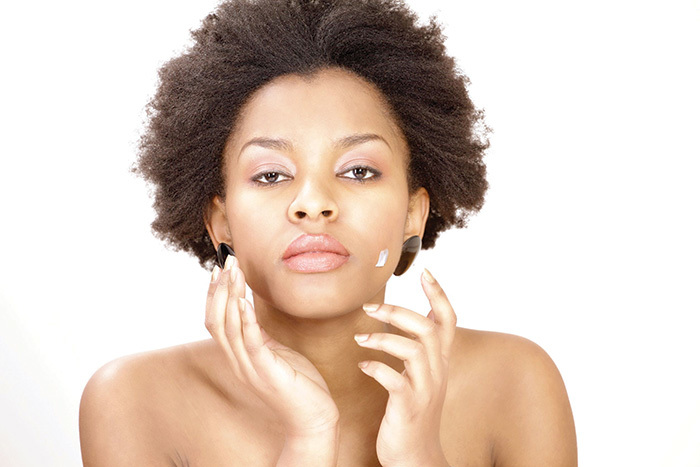Dying to be white
10 September 2014 | Story by Newsroom
Research shows that as many as one in three women in South Africa routinely use skin-lightening creams '“ this despite the risk of cancer and other types of skin disease associated with their use.
Understanding what drives women to make this choice is at the heart of a new interdisciplinary study led by Dr Susan Levine, senior lecturer in the School of African and Gender Studies, Anthropology and Linguistics and Dr Lester Davids, senior lecturer in Human Biology.
The project will see medical doctors, social scientists and scholars from the humanities working together to draw critical attention to the visible and invisible harms associated with the use of skin-lightening creams.
Over the last few years, there has been a flood of cheap, affordable over-the-counter products for lightening the skin. According to Levine, the majority of these contain a mixture of compounds including mercury, corticosteroids and hydroquinone (HQ) to enhance the bleaching effect. Despite legislation that bans the use of HQ in concentrations of more than 2% in the USA, creams in Africa are being found containing up to 15%.
High concentrations of HQ accumulate over time and can lead to severe, irreparable damage to skin through a condition called exogenous ochronosis (EO). There were 756 reported cases of EO in Africa recorded in 2007, of which 2.6% were found in Senegal, 15% in Nigeria and a staggering 82.4% in South Africa. Little wonder then that Levine and her associates are so eager to wage war on these products and their use. "We believe that our interdisciplinary approach will allow us to alter perceptions regarding the use and abuse of skin lighteners, as well as to highlight the persistence of racial aesthetics of beauty," she says.
The project aims firstly to assess scientifically a number of the currently cheaper, illegal available formulations and the effect they have on human skin cells, and secondly to create a database of skin-lightener products. The database will also highlight global trends in cosmetic marketing of HQ-based creams and use this information to design a questionnaire for future anthropological studies. A third goal of the study is to conduct ethnographic research on the complex motivations around why and how women are investing in skin-lightening creams.
The research will contribute to UCT's drive to constitute medical humanities for Africa as a field of study and will build on the momentum of a successful seminar series in the medical humanities in 2013 hosted by GIPCA (the Gordon Institute of Performing and Creative Arts). "This research brings together the foundation of true interdisciplinary research that brings into focus the parallel needs for qualitative and quantitative research methods for solving the pressing health needs in South Africa," says Levine.
 This work is licensed under a Creative Commons Attribution-NoDerivatives 4.0 International License.
This work is licensed under a Creative Commons Attribution-NoDerivatives 4.0 International License.
Please view the republishing articles page for more information.










